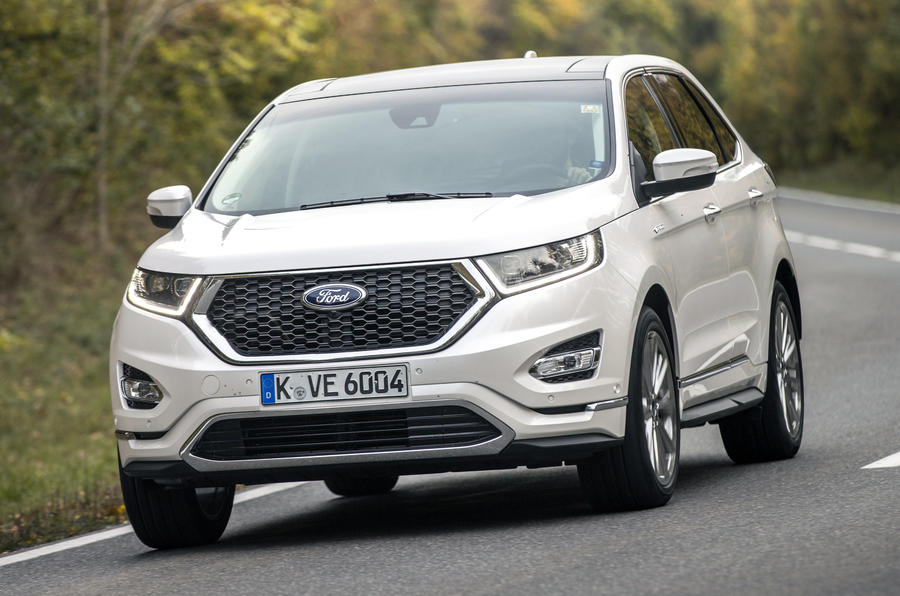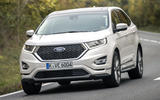What is it?
The Ford Edge Vignale is the car that sits at the very top of Ford’s new semi-premium brand model tree. Building on the proposition of the Ford normal Edge, it is a five-seater SUV that’s at once the size – and, now at least, potentially also the equal on leather-bound luxury and equipment level – of a generously kitted BMW X5 xDrive25d, but priced at many thousands of pounds less.
Built in Ontario, Canada and imported to Europe in fairly small numbers, the Edge may be a more comfortable fit for the premium-brand treatment than other models that have already been swept up into Ford’s Vignale family but that are a much more common sight on UK roads. Luxury 4x4s remain in high-demand in Europe; and the feedback of Ford dealers, who report customers demanding Edges in high trim levels and with lots of fitted options, has encouraged the Blue Oval to dare to take on the likes of BMW, Audi, Volvo and Mercedes with a large 4x4 priced at more than £40,000.
Just as things are with the rest of the Edge range, Vignale customers get an engine range limited to 2.0-litre, four-cylinder turbodiesels, the lesser of which offers 178bhp and a six-speed manual gearbox and the greater 207bhp and a six-speed Powershift automatic. Both versions get four-wheel drive as standard.
Even so, the Edge is left looking underpowered compared with the more established full-sized 4x4s it seems made to undercut. On power, though, it is at least competitive with the medium-sized SUVs (Audi Q5, Land Rover Discovery Sport) that it’s directly priced against.
As the dedicated Vignale ‘relationship manager’ at your local Ford showroom might explain, the top-of-the-line Edge actually makes the buying process easier for anyone looking for a well-stocked car. You get a Sync3 touchscreen infotainment system, Sony DAB premium navigation, adaptive LED headlights and a lane keeping safety system as standard, where you’d have to pay for them as options further down the range. That leaves Vignale customers effectively paying less than £1000 for the car’s polished 19in alloy wheels, its exterior design tweaks and its extended ‘tuxedo-stitched’ two-tone Windsor leather. Going by this maths, the car's price may not seem so crazy.
Given that Vignale models qualify for preferential finance deals compared with lesser Fords, stepping into one could actually save you money if your mind’s set on having as many options as you can afford. However, Ford isn’t giving everything away for free. The 20in alloys, panoramic glass sunroof, heated steering wheel, inflatable rear seatbelts, motorized steering column, wide-view camera, adaptive cruise control and active park assist on our test car were all cost-options, and pushed up the car's after-options price beyond £45,000: a figure it may be best for prospective owners not to think about too hard.




















Join the debate
Add your comment
Scorpio
great exterior design
One wonders how much ...